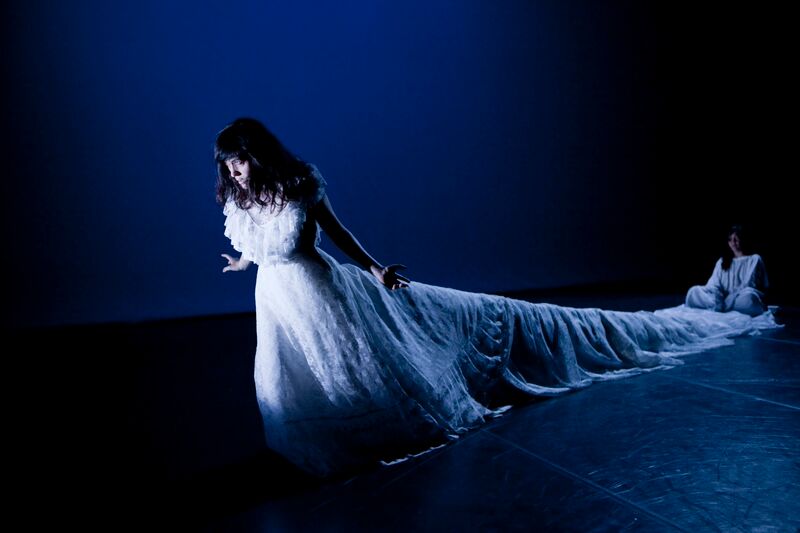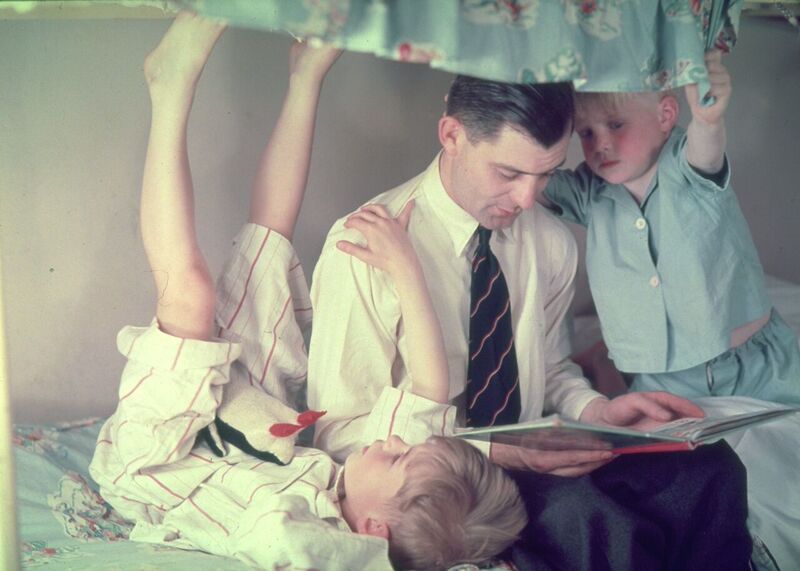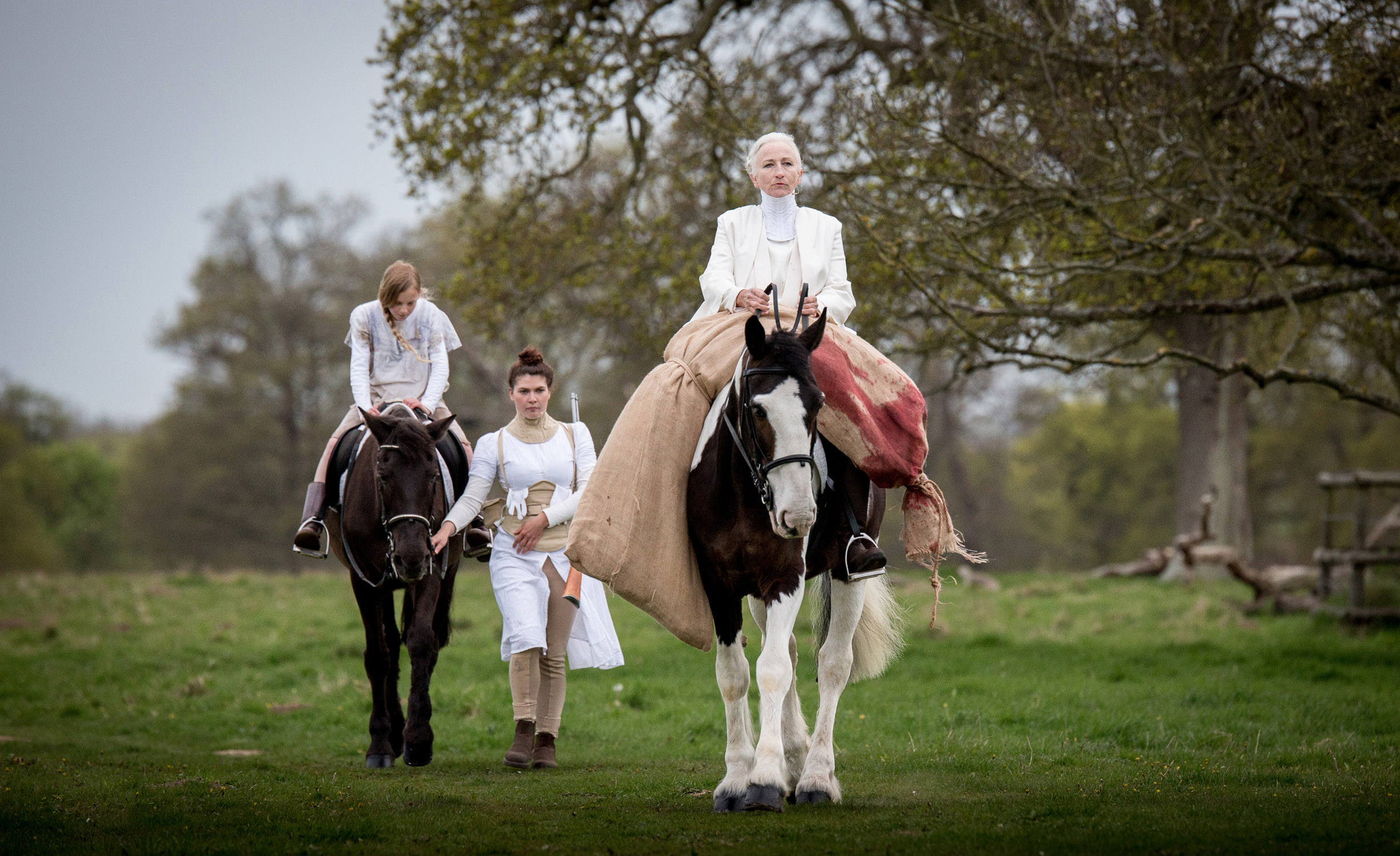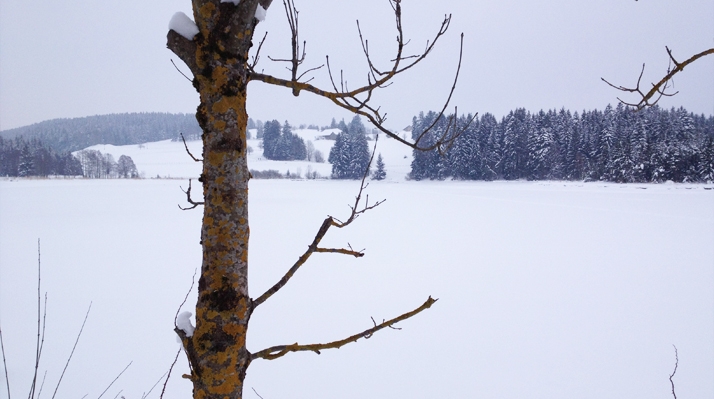Being There: one of an occasional series for Total Theatre Magazine in which an artist and a witness reflect on their different perspectives. Here, writer and performer Bernadette Russell and her first one-on-one audience member Dorothy Max Prior explore the debut outing for BED
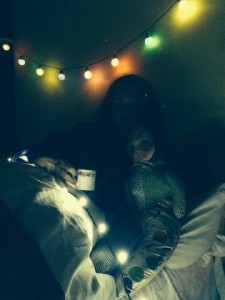
Dorothy Max Prior writes:
Bernadette Russell’s new show – she of The People Show and The White Rabbit and 366 Acts of Kindness and whatever else – and I’m the first to experience it! This feels an honour even before anything has happened.
BED is a show for one person at a time and (in this incarnation, anyway) it happens in your home – in your bed. My bed, that is. First I wonder about a slight cheat: I have a study with a bed in that is my space – perhaps that’d be best. But as it happens, on the appointed day there’s a visiting circus girl staying in there, so my marital bedroom becomes the only option. Which feels slightly challenging, what with the overflowing laundry basket and heaps of books on the floor and paperwork on the desk…
‘Wear what you like, but I’ll be wearing PJs,’ says the text, when Bernadette is on her way. I take a bath, and get into my pyjamas. Oh Lord… She arrives with a great big suitcase and asks if she can have 10 minutes alone in my room. When I’m invited in, it’s no longer my familiar bedroom, it’s now a magical space. The piles of paper and laundry have been transformed into soft fairy hills with draped cloths, there are sparkly festoons of lights everywhere, slightly eery old dolls stare at me, and there’s the sound of tinkling music boxes. On the bedside table, candles burn, and there’s the smell of lavender on the pillow.
Bernadette tucks me in and sits next to me on the bed. She’s conducting research into dreams, and asks me lots of questions. Do I dream? Do I remember my dreams? Are my dreams the ‘washing laundry’ type of dreams that sort out the day before’s dilemmas, or fantastical adventures? I find it surprisingly difficult to answer – I realise that I often jump up quickly in the mornings and immediately forget my dreams. I promise her that I will take my time to save at least one for her. It’s a deal – signed, sealed and delivered. IOU one dream…,
Then there’s cocoa and biscuits, and I get to choose a bedtime story for myself from a list. I’m just about to choose Magic, when I find myself saying Beauty instead. It’s a week or two before my 60th birthday and the story told seems pertinent, as it is about the desperate desire for eternal youth and beauty at any cost – the traditional fairy tale image of Snow White’s stepmother preening herself in the glass transformed into a more contemporary tale of plastic surgery and Californian cocktail parties. There’s a touch of Dorian Gray in there. Lemons feature heavily.
It’s all over far too soon. The candles are snuffed out. The dolls and lights and wind-up music boxes are packed away. Bernadette leaves. That night, I dream of going to the circus – which in my case is a fairly everyday occurrence – but this circus features a terrible beast-man in a sideshow display and a tiny doll-like girl that I know have both arrived there from Bernadette, one way or another. I wake with the taste of lemons in my mouth, and reach for my pen. There is also a special gift that has been left behind on the bedside. A candle and a spell… I wonder what the Magic story would have been?
The Bed is a delightful and enchanting experience – a return to the pleasures of childhood but with an adult awareness. I’m a sucker for anything that references fairy tales, and Bernadette Russell’s writings are firmly in the Angela Carter camp. I love her contemporary take on archetype and myth. Even on this first outing it is all working beautifully. If I put my critic’s hat on and attempt to think what could be better, I suppose I could say that there is a slight discrepancy between the performer’s persona in her two roles of researcher and storyteller – but I’m sure she’ll find her way with future performances. I also wonder if there is any way at all for the audience member not to witness the dismantling of the space. Perhaps she needs to be blindfolded or asked to close her eyes – or perhaps a torch is needed to take things down without bedroom lights going back on? These are small adjustments to be made to the form – but on its first outing, BED is most definitely a hit. You can tuck me in anytime, Bernadette!
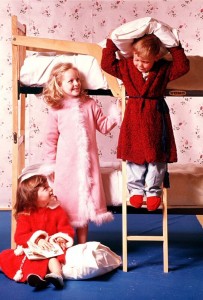
Bernadette Russell writes:
This is the story behind BED, or rather a series of stories that fit inside each other like Russian Babushka dolls.
Three years ago I read the Truman Capote short story Master Misery whilst in bed with a very heavy cold. It’s about a man who buys dreams, often from people who have nothing else left to sell. It’s a romantic and melancholy story, perfect for a rainy autumn day. It never quite left me.
Two years ago I was asked to contribute something for a charity art auction. I make toys but I didn’t have any ready, so I put myself up for auction with an idea in mind of what that would mean. The auctioneer managed to raise £80 for me. I met the man who’d bought me at the bar, and explained what he’d won: that I’d write a story especially for him and read it to him in bed. I gave him my card, we went our separate ways.
A year later, I was invited to take part in Art Flea Stroud. They built me a bed on stilts and I watched people climb the rickety ladder, and read and chatted to strangers, sharing Baileys and cake with them all day. A drunk builder fell asleep cuddling one of my dolls, a woman cried on my shoulder, several people whispered ‘I shouldn’t be telling you this, but…’
All of these days jumbled together and assembled themselves into a plan to read stories to people in bed and to attempt to influence and then collect their dreams. I also wanted to explore the magic and wonder of theatre, and of stories, and of what happens to us when we sleep.
I put some notices up to see if anyone was interested: Dorothy Max Prior was one of the first to respond.
I packed a suitcase and set off to an address she’d texted to me the day before. Like a blind date, or a secret assignation, I went to visit this not-quite-stranger, pretty sure that Dorothy and I hadn’t spoken much before (and we definitely hadn’t shared a bed. I’d remember that.)
In my suitcase were my pyjamas, plus things to embellish her room a little: some lights, some scents, lots of music boxes, some very old dolls. I prepared a contract on my nana’s typewriter, to be signed by both parties: a story from me in exchange for a dream from her. Her dream (the first one she remembered after my visit) becomes inspiration for another story, to be read to someone else in the future.
When I arrived at her house in a taxi, her husband told me that Dorothy was already tucked up in bed. She left to give me a few minutes to change the room a little. It already smelt of roses, was filled with books and interesting objects. My strange collection fitted right in. I put on my pyjamas, invited her in and we sat up in bed and chatted.
The first part of the experience is an interview, partly inspired by Master Misery, and partly by Jungian and Freudian ideas about dreams, symbols and the subconscious, which I recorded as an audio file. Once contracts had been signed by both of us. Dorothy then chose from a simple list of headings which story she would like. She chose the theme of Beauty. I read and she listened. Woven into each story is a series of ‘magic words’: triggers to try to influence the subconscious. The stories I wrote for this project are dark and bloody and funny and strange.
After the story we drank the hot chocolate that I had prepared out of tiny cups, and ate biscuits that taste of roses: part holy communion, part midnight feast, and the room fell into silence as the music box wound down.
I left her with a gift to open when I left: a wunderkammer containing a set of instructions and an invitation to suspend disbelief and to experiment with magic, to be accepted or not, and a few things hidden in her room to be found later or never, no matter which. I caught another taxi and was away. I felt incredibly calm and happy. I could smell roses and I could taste them, that made me smile.
It’s a tender experience, to share a bed and a story with a stranger. When you’re tucked in, you can’t help but soften your voice and feel empathy with the person next to you. It’s both comforting and disconcerting, it’s the most innocent of one-night stands. I think it requires great generosity and a sense of adventure from the listener, and Dorothy was open and funny too, which helped. I kept thinking about what it’ d be like when we bumped into each other again, it felt like we became friends in the hour we spent together.
A few days later, I received a letter in the post from her with details of her dream. That night I started writing a story inspired by it, and next Sunday I’m going to visit someone else in their bed (a real total stranger this time, which will probably be an entirely different experience). I’ll carry on collecting dreams, and sharing and telling stories, and I will allow this experiment to develop as it will. I’ve plans to return to Brighton for the whole festival next year, but for now I am happy to carry on bed-hopping with my suitcase of lights, filing dreams away and telling stories.
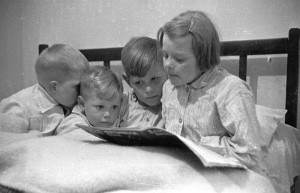
Footnote:
BED is an on-going experiment, and Bernadette Russell has now found a sleep expert from the Wellcome Trust interested in working with her.
If you’re interested in a visit, please email: bernadette@thewhiterabbit.org.uk and put BED in the subject line.

